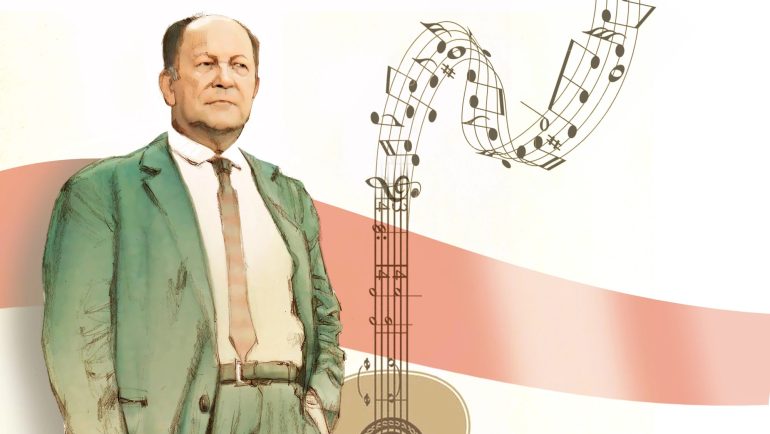Slow, lyrical, and profoundly emotional, the Guarania is the musical language of Paraguay’s soul. Born from reflection rather than festivity, it embodies the nation’s spirit, identity, and poetic melancholy. In 2024, this unique genre achieved global recognition when the United Nations Educational, Scientific and Cultural Organization (UNESCO) inscribed it on the Representative List of the Intangible Cultural Heritage of Humanity. 2025 marks 100 years of the Guarania, and to celebrate its centenary, we revisit the history of the genre that became the voice of Paraguay.
A collective voice of identity
The Guarania is much more than a musical form; it is a shared expression of Paraguayan values. Sung in both Spanish and Guaraní language, it blends indigenous and popular traditions, and its syncopated rhythms and slow tempo evoke contemplation, longing, and belonging. From family gatherings to public concerts, after 100 years of Guarania, this music remains a living soundtrack of national pride.
Today, musicians, poets, educators, researchers, and cultural organisations across Paraguay continue to keep the Guarania alive through recitals, workshops, and museum exhibitions. Its transmission is largely intergenerational, taught in homes, music schools, and community groups, and cherished as a symbol of resilience and cultural unity.
How the Guarania was born
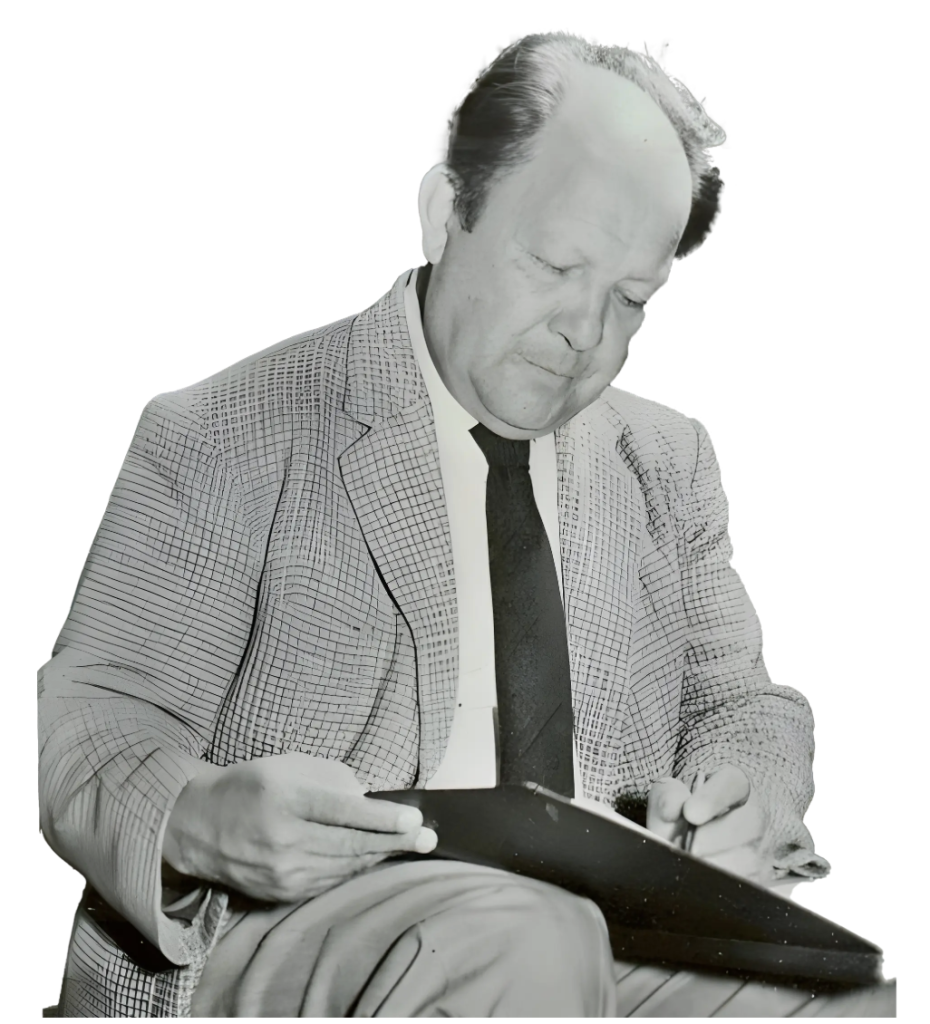
The story of the Guarania begins with José Asunción Flores (1904–1972), a young musician from the humble riverside neighbourhood of La Chacarita in Asunción. The son of a laundress and a guitarist, Flores joined the Paraguayan Police Band in 1917 as a bombardino player. There, he questioned why the country’s best ensemble did not perform Paraguayan music—a challenge that would change the nation’s musical history.
By 1923, Flores had begun composing his first works, including the song Manuel Gondra, while searching for a sound that reflected the melancholy and introspective nature of his people. In 1924, he experimented by slowing down the polka The Forgotten Treasure (Ma’erãpa reikuaase in Guaraní) by Rogelio Recalde, reimagining it in 6/8 time. Encouraged by conductor Nicolino Pellegrini, this experiment laid the foundations for the Guarania.
In 1925, Flores’ song Jejuí premiered in Asunción to great acclaim, with President Eligio Ayala proclaiming, “The true Paraguayan music has been born.” That year, Flores also presented The Tears of the Shore (Arribeño Resay) and By the Light of the Moon (Ñasaindýpe), while teacher Delfín Chamorro proposed the name Guarania, inspired by a 1910 poem by Guillermo Molinas Rolón.
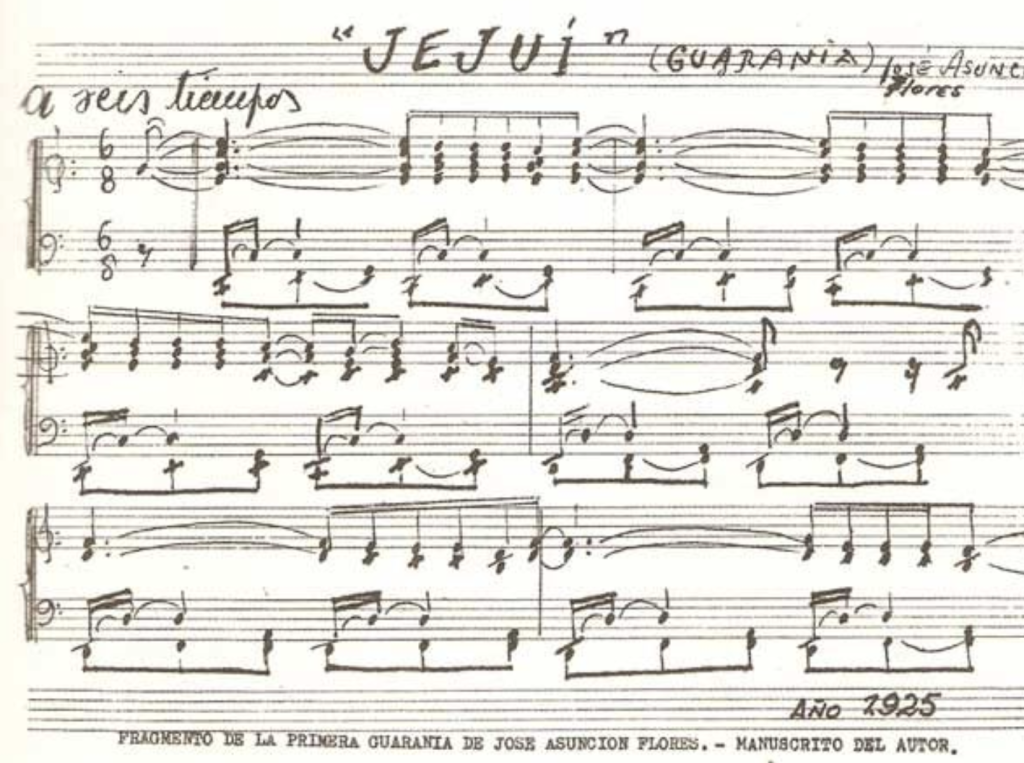
From experiment to national treasure
Flores’s collaboration with the poet Manuel Ortiz Guerrero in 1928 gave birth to masterpieces such as India, Shiny Butterfly (Panambi Vera), and “I’m coming with you” (Ne Rendápe Aju)—songs that transcended borders, and carried Paraguay’s emotion to the world. During Paraguay’s Chaco War with Bolivia (1932–1935), Flores served as a soldier while continuing to compose. His music became a moral compass and voice for his nation, resonating with the struggles, hopes, and pride of its people.
Later, his compositions India and Cerro Corá were declared official national music in Paraguay. Flores himself refused state honours when he believed injustice prevailed, turning the Guarania into a form of cultural resistance. Exiled in Buenos Aires until his death in 1972, he left behind a musical legacy inseparable from Paraguay’s modern identity.
The sound and spirit of the Guarania
The Guarania’s slow rhythm, often in 6/8, distinguishes it from the faster Paraguayan polka. Its melodies, carried by guitar, harp, and double bass, create an atmosphere of tenderness and nostalgia. The lyrics often speak of love, separation, nature, and memory—echoing the rhythm of rivers and the silence of dusk.
Songs such as Memories of Ypacaraí (Recuerdos de Ypacaraí) by Demetrio Ortiz brought the genre to international audiences, becoming hymns of Paraguayan sentiment. Other notable composers, including Epifanio Méndez Fleitas, Mauricio Cardozo Ocampo, Eladio Martínez, Emigdio Ayala Báez, Maneco Galeano, Agustín Barboza, Florentín Giménez, and Herminio Giménez, enriched the Guarania with social, romantic, and patriotic dimensions.
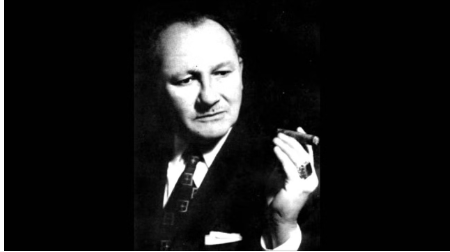
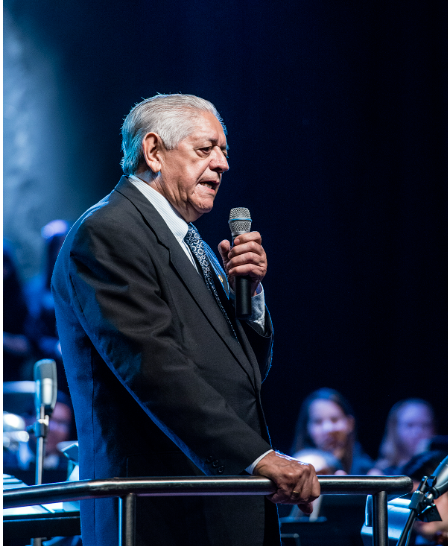
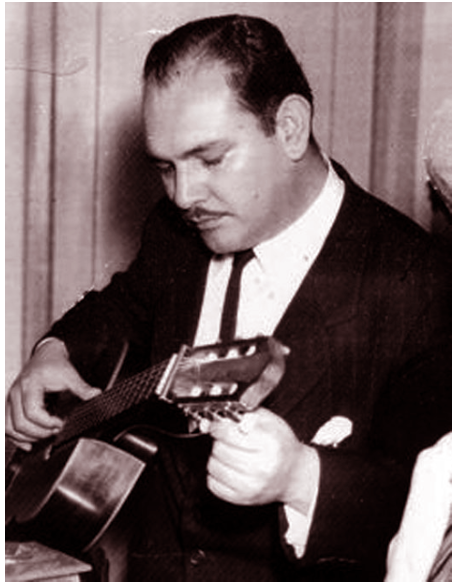
A living monument to the melody of the wind
In the lakeside city of San Bernardino, the Guarania finds an echo in art and nature. There, a guitar-shaped monument plays with the wind — a poetic tribute that reminds us the Guarania remains a living dialogue between tradition and landscape.
The journey to UNESCO Recognition
The road to UNESCO recognition began in 2019, led by the National Secretariat of Culture, the Municipality of Asunción, the A Puro Canto Foundation, and artists such as Ricardo Flecha. In 2020, the Guarania was declared National Cultural Heritage, paving the way for its international nomination. By 2023, the official proposal, titled “The Guarania: The Sound of Paraguay’s Soul”, was submitted to UNESCO.
Its inclusion in 2024 marked the Guarania’s centenary, celebrating its artistic and cultural legacy. A campaign titled “Guarania: Sound of the Paraguayan Soul / 100 Years” used the Paraguayan guitar’s rosette as its symbol, representing the source of the genre’s melodies.
100 years of Guarania: A legacy that endures
A century after its birth, the Guarania remains a mirror of the Paraguayan spirit—gentle yet strong, nostalgic yet full of life. It continues to inspire generations, bringing together families, musicians, and communities. With its UNESCO inscription, the Guarania has not only secured its place in world heritage but reaffirmed its essence: when the Guarania plays, Paraguay speaks.
The story of the Guarania is best understood through its melodies. Discover more about the genre’s all year celebrations, and its timeless beauty in this Spotify Guarania playlist.

